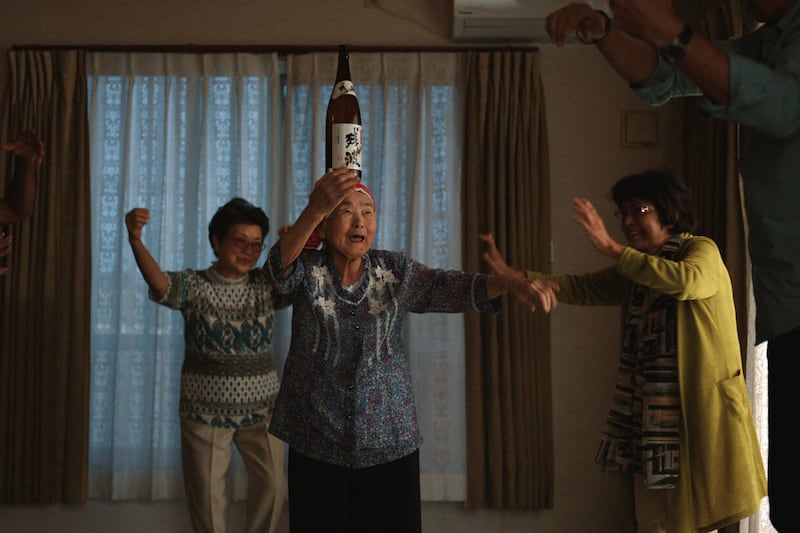Einsatzgruppen: The Nazi Death Squads. Netflix
EIGHTY-years-ago this month, Adolf Hitler had given up on his plans to invade Britain and was directing his generals to plan for the invasion of the Soviet Union.
We remember Operation Barbarossa for the unbelievable cruelty and enormous loss of life as two dictators sacrificed their people mercilessly, but it's probably less well known that the invasion also unleashed the first phase of the Holocaust.
An estimated 1.5 million Jews were murdered by Nazi troops and its auxiliary forces in eastern Europe in the Shoah by bullets.
The conference at Wannsee, where the final solution was discussed, didn't come until seven months after the launch of Barbarossa, and while so-called 'gas vans' were used in eastern Europe the overwhelming majority of the killing was done with guns.
And a surprising number of the killers were not German, but Ukrainians, Latvians and Lithuanians.
It's an appropriate time then to watch the excellent Netflix series, Einsatzgruppen: The Nazi Death Squads.
The Einsatzgruppen and its auxiliaries, mostly drawn from the ranks of police officers, did their work behind the front lines following the initially triumphant German army.
Directed by Himmler, their job was to annihilate the Jews and Bolsheviks.
This often involved recruiting local units of fascist supporters, nationalists, anti-Bolsheviks, anti-Semites and opportunists who thought this might be the best way to stay alive.
Jewish people were rounded up and taken to remote places, such as forests, quarries or ravines, and shot. Because the Nazis were obsessed with order, there was a system to the killing.
Mothers had to hold their children aloft to be shot first and then the parents. In some places the victims stood at the edge of the burial grounds in a line before being shot, while in others they had to lie down on corpses to be shot in turn.
When the killing was done the mass graves would be filled with soil.
The list of massacre sites is enormous but includes Babi Yar, outside Kiev, where in late September 1941 more than 33,000 Jews were murdered in two days.
Enormous numbers will also killed at Ponary Forest, outside Vilnius; The Ninth Fort at Kaunus, Lithuania and the Pripet Marshes in western Ukraine.
The four-part Einsatzgruppen documentary has hidden camera footage of aged Nazis and eastern European collaborators admitting their involvement, but also, in footage clearly filmed some time ago, old men asking for forgiveness.
One killer sought to excuse himself by admitting he shot children, but that he did so in mercy, to save them being buried alive in the pits.
When the war started to turn against the Germans the SS decided it needed to hide the massacres and created the Sonderaktion 1005 which ordered groups of Jews to exhume the bodies, burn them and grind the bones into dust.
The Jews who carried out this task were then destroyed in the same way in an attempt to remove all evidence.
While it is our duty to remember the evils carried out in the lifetimes of many of our older relatives, an equally important reminder from Einsatzgruppen: The Nazi Death Squads is that you don't need to be evil to do inhuman acts.
The leaders of the Einsatzgruppen were generally well educated, with the majority in one battalion holding PhDs and many of their men ordinary policeman who followed orders which included the cold-blooded murder of innocent children.
It's easy to be appalled at what the Nazi unleashed and assure ourselves that we would resist, we would be incapable of such actions in any circumstances.
But the frightening evidence of the Holocaust and many other genocides is that the most ordinary of people are capable of the most appalling things.






